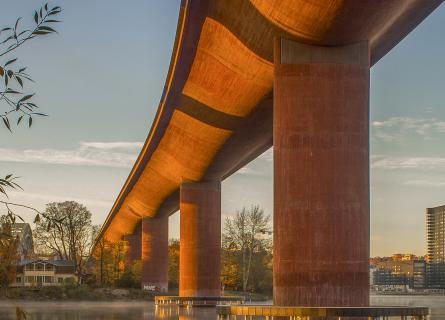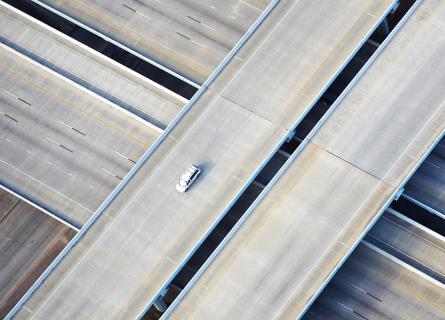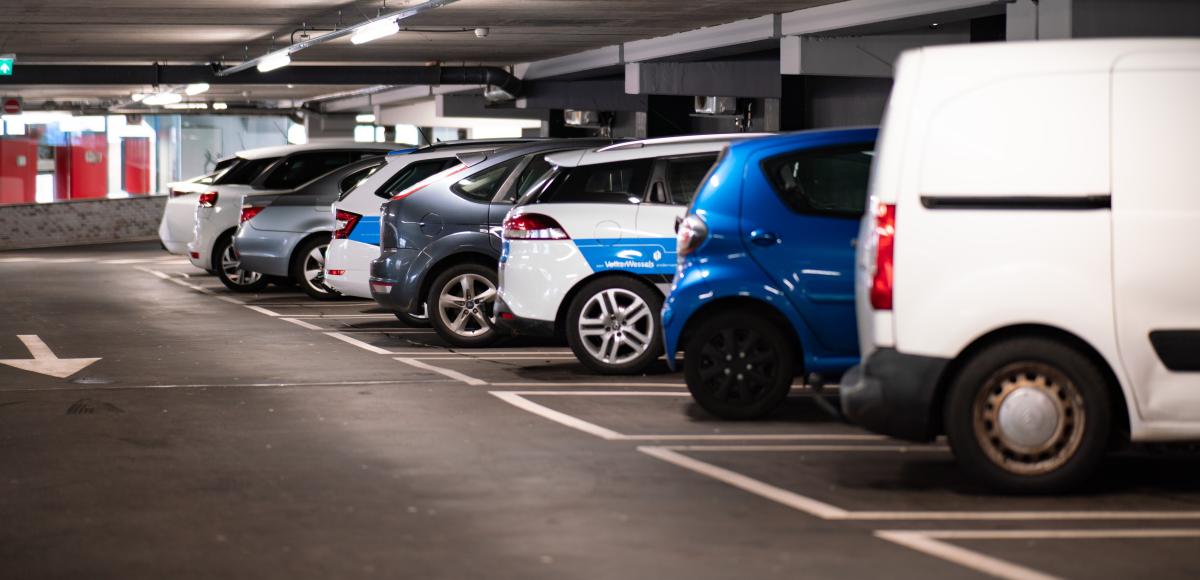
A parking space for one car or six bikes?
Traffic planning in cities
Planning parking spaces has an impact on both people, cities and the climate.
The parking facilities of the future must be flexible and dynamic, so that we avoid large empty parking lots. We must invest in alternative parking solutions for cyclists and users of shared mobility and public transport rather than car parking. This means that we need to rethink our ways of working with parking – replace ‘parking needs' with 'parking demand'. 1
We have learned a lot during the pandemic years. Among other things, that we humans are quite adaptable. In a short time, most adjusted to an everyday life with online meetings, masks, and tests. The coronavirus pandemic has made it clear to us that flexibility and development are paramount when facing the future.
Wouldn't it be great if we dared to transfer some of that flexibility and adaptability to the planning of our cities? If city and traffic planners, politicians and developers put on a visionary hat and started planning cities according to how we want people to move around?
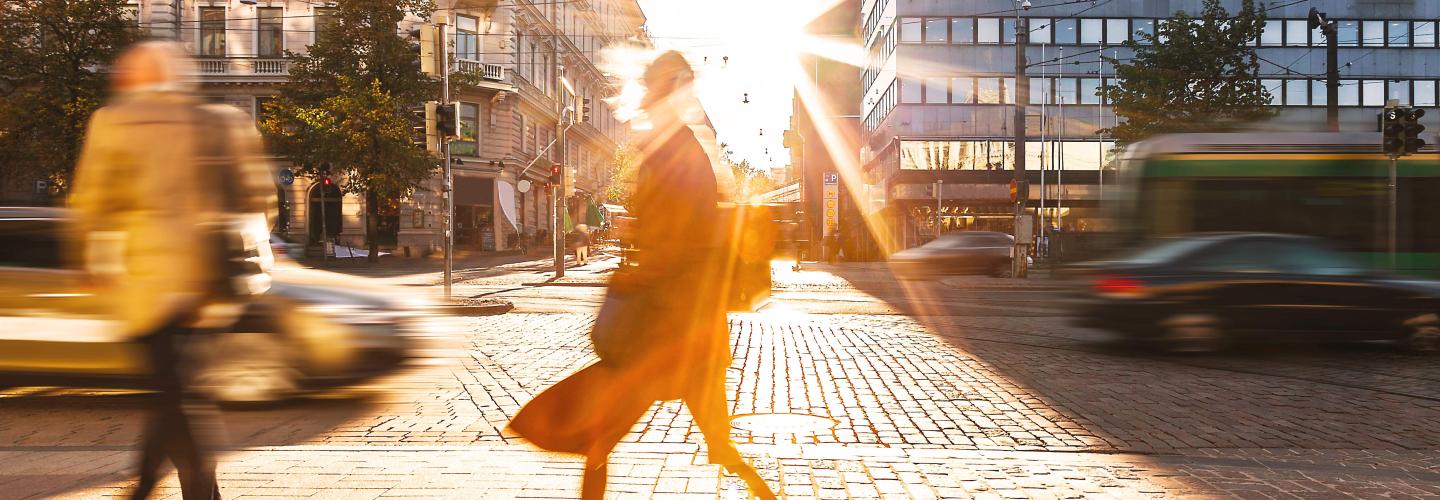
'Demand' rather than ‘needs'
When we carry out city planning today, there is an enormous focus on the parking needs of those who live and work in the cities. Why not replace it with parking demand. When we plan according to parking needs, as we do today, and not according to real demand for spaces, in a few years we risk being left with large, empty parking facilities, because we hope demand will decrease.
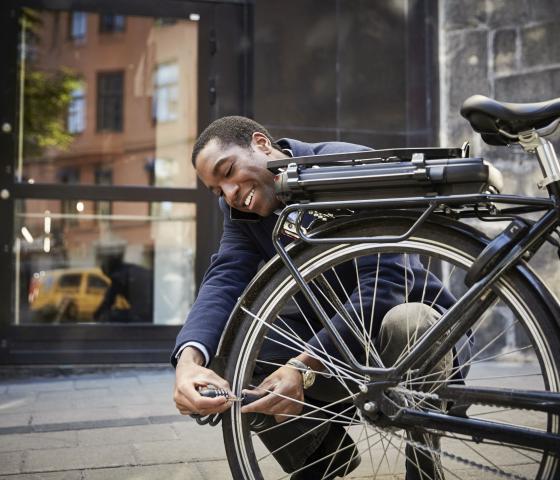

Take Denmark for example. More employees in the country's workplaces work from home today than two years ago. If you have ever been out and about on the Danish road network in rush hour, you might have noticed fewer cars on the roads between 7-9 and 15-17 after the pandemic. Fewer cars on the roads means fewer cars parked in and around the cities – a lower demand for parking.
By thinking of parking as a demand instead of a need, we can continuously adjust the supply of spaces. If, over time, there are fewer cars in the city due to climate taxes, infrastructure, public transport, bicycle parking or remote work, then we can reduce the number of car parking spaces and replace them with creative urban spaces, 'mobility hubs', charging stations or green areas.
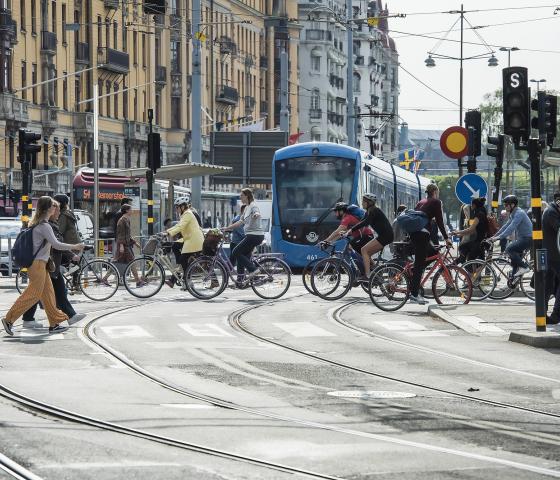
The realistic dream scenario
If we plan cities, traffic and parking based on a demand principle, we can constantly accommodate the changes in mobility patterns we see in society. At the same time, traffic planners, developers and politicians can replace an outdated idea of planning traffic and parking according to forecasts. Instead, let's plan for how we would like the cities of the future to look, and how parking should be resolved in that case.
Three things to consider when working with parking facilities: Examine the existing conditions, consider alternatives, and take advantage of the generational changes that are continuously coming.
Examine the existing conditions
Before new, large parking facilities are built, the existing conditions in a municipality must be examined. What is the real demand for parking in the municipality? Municipalities can influence parking demand by replacing parking facilities with alternative mobility solutions: good conditions for bicycle commuters, shared mobility, and public transport to name just a few. This will incentivise choosing to cycle or to share a car if the conditions are favourable.
Consider alternatives
Changing people's transport behaviour is about changing norms and cultures in society. But we also have an opportunity to influence each other. Studies show that people are most likely to change their habits when something big happens in their lives. Moving, changing jobs, increasing the family – or a worldwide pandemic.
That knowledge can be enormously useful in planning alternative mobility solutions and parking spaces. Could newly arrived residents of an apartment complex close to the station receive a free month riding the metro, trains, buses, and light rail? Or should we ensure that there is good bicycle parking at all major workplaces and that all attractive parking spaces are reserved for shared cars?
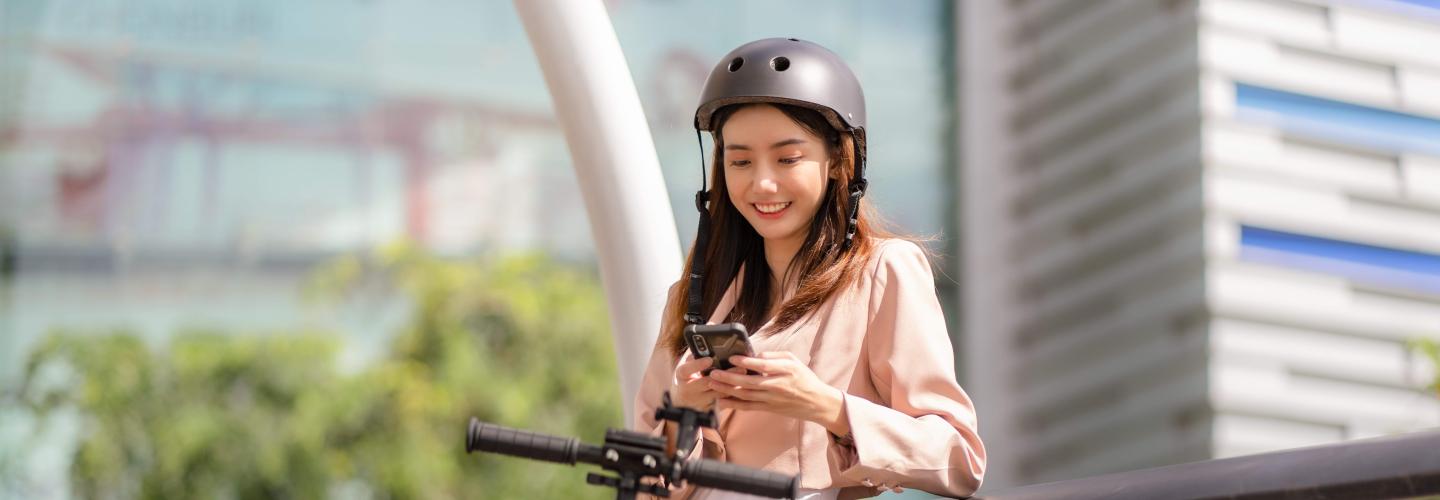
Take advantage of the generational changes
The development of infrastructure and new mobility options is moving fast, and we are constantly getting smarter and more aware. As traffic planners, we have a unique opportunity to influence what cities and traffic will look like when our children and grandchildren grow up. Therefore, we must take advantage of the generational changes.
Future generations will be increasingly affected by climate change – far more than we are today. Therefore, there is also reason to believe that the children and young people of the future will look towards sustainable and green forms of transport and in the future may even refrain from buying cars. Instead of seeing the generational change as a challenge to predict the precise transport patterns of the future, we must instead see it as an opportunity to implement the more flexible and dynamic ways of planning transport.

Download guide: Making future cities climate neutral
Footnotes
- 1. This article was published in Trafik & Veje magazine in 2022. a↩
